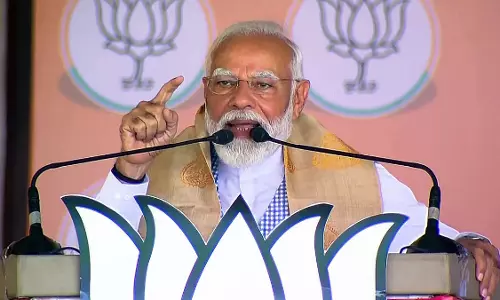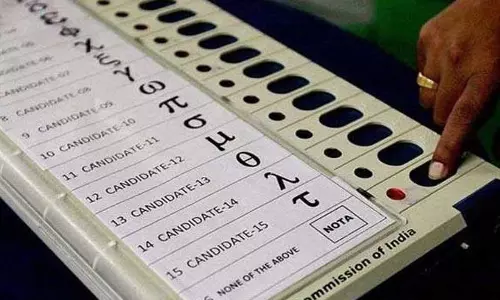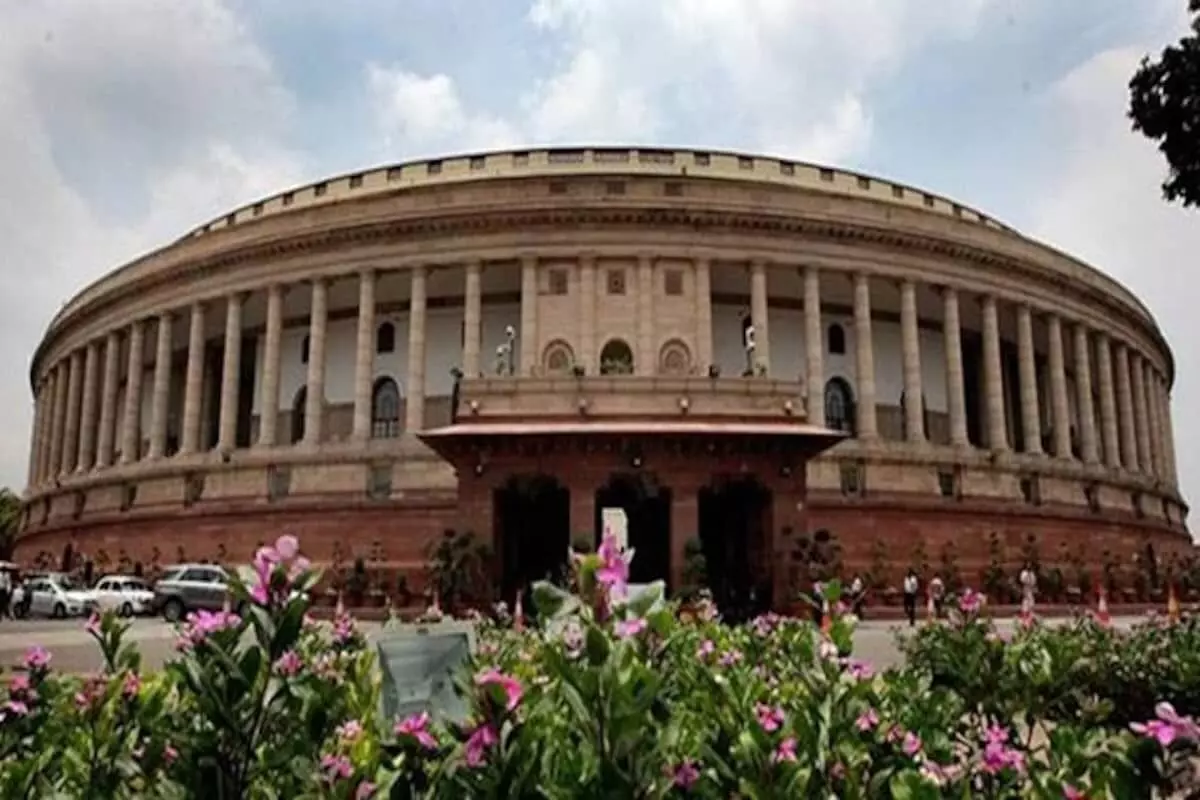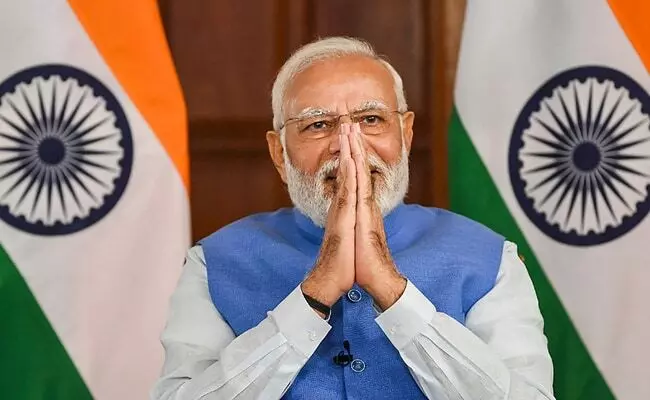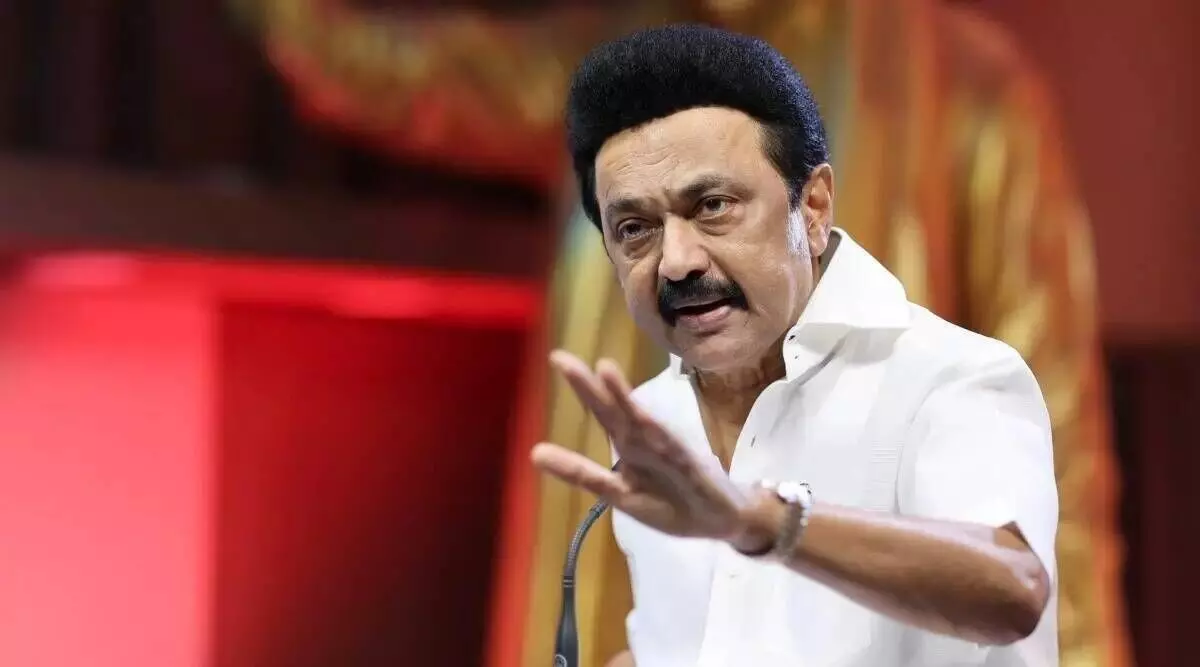
Uphold federal principles; prevent Centre-State friction
text_fieldsDespite shades of disagreement over the boundaries of federalism, the Indian model is characterised by its provision allowing states to legislate with room for diversity on certain issues. The jurisdiction of the three lists—the Union List, the State List and the Concurrent List—are precisely defined in the Seventh Schedule of the Constitution. As a result, it can be said that there is less chance of disagreements and conflicts about boundaries between the central government and the states. It is also true, however, that this balance has begun to come under threat by emerging trends brought on by the central government's policies. For instance, the maintenance of law and order is the responsibility of the states. However, the National Investigation Agency (NIA) Act was passed by Parliament during the first UPA regime when P Chidambaram was Home Minister, giving birth to the NIA to deal with inter-state crimes and to prevent terrorist activities at the national and sometimes international level. In the wake of the 2008 Mumbai attacks and the Naxal menace, its main objective was to deal with crimes that undermine national security, sovereignty and integrity of the nation, that are committed across multiple states or fall under the UAPA Act.
Even though there were debates in the legal community about the NIA usurping the authority of the states on the state list - including some cases that ended up in court - the central government acquired more and more power and the NIA moved further and further with cases without the states' request, consent or knowledge. In the meanwhile, with Parliament's approval, the 2019 amendments enhanced and widened the NIA's authority. Recently Union Home Minister Amit Shah said that by 2024, NIA will have offices in all states. In a recent meeting of state home ministers and top police officials organized by the Union Home Ministry, he while pointing out several crimes that have been committed in the country, also mentioned that there should be a common law and order policy for the states. Additionally, Prime Minister Narendra Modi also put forward as a wish an idea of one nation, one uniform. The concept of one nation a for several other spheres in general has an undertone in common and the implied uniformity may represent an intolerance towards states varying from one another.
In addition, following the implementation of the GST, the Centre's conduct in several areas was designed in a way that was difficult for the states to sustain, especially in the period of reduced tax revenue because of COVID. There were a lot of protests when the Centre deferred transfer of the amount due to the states. Also, many of the newly levied additional taxes had been classified as cess, leaving states unable to get their share since cess was an ingredient of the levies that need not be shared with states. In the field of education, unlike the 1986 policy, the 2021 policy has unilaterally determined the structure and mechanisms. Building on the idea that education is on the concurrent list, the policies came to be applied uniformly across the entire nation and the states were left with no say in the matter. Apart from this, the goal of the centrally instituted UGC is changing. From the core areas of central funding, development projects and quality assurance, it is now seen expanding its jurisdiction to methods of appointing vice chancellor, and by implication appointing the central government's favourites the VC's positions of universities.
In the meantime, efforts are being made to elevate Hindi, a language spoken only in one region, as the national and official language of the country. Elevating Hindi to the status of link language instead of English, albeit under under the guise of promoting regional languages, and thus giving an upper hand to the BJP-influenced regional population will only lead to the alienation of non-Hindi states. Maybe that is what the current central government aims at. However, none of the above is conducive to a smooth federal system or an integrated population and that an approach to the consolidation of a multi-lingual, religious and caste nation is in the interest of the Constitution, which its erudite architects have arduously drafted. And the sooner the rulers understand this, the better.




